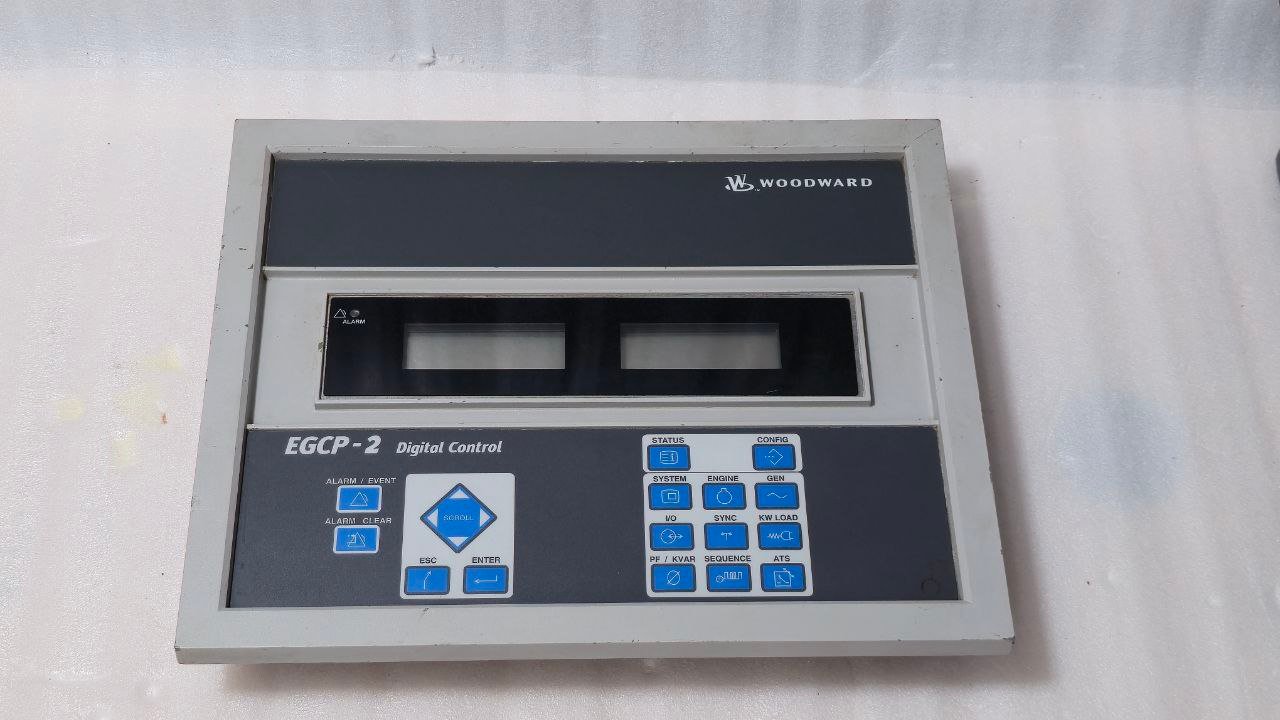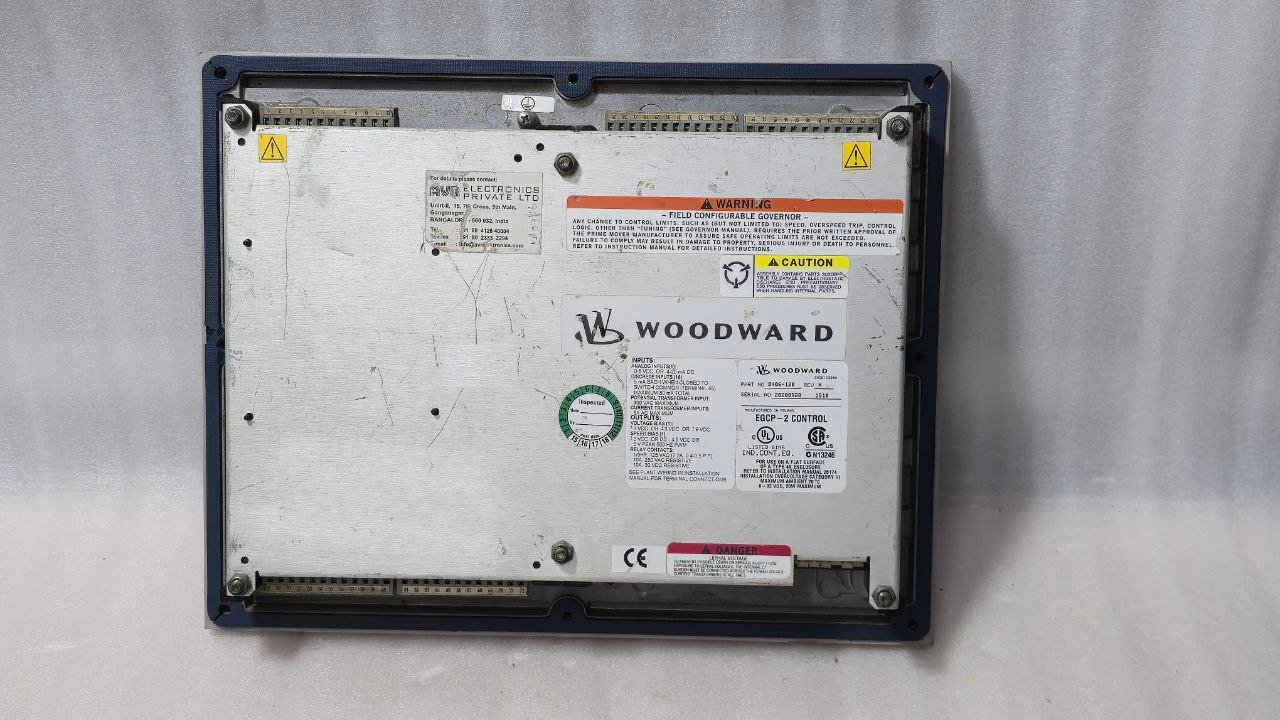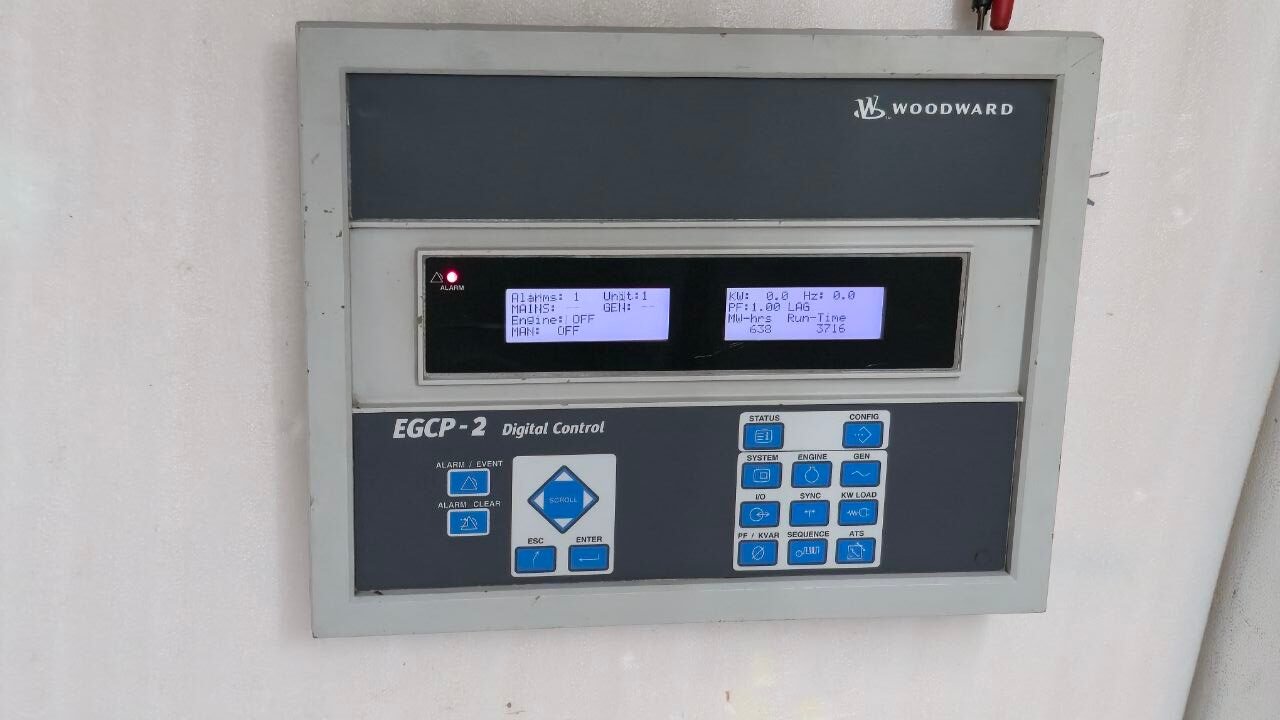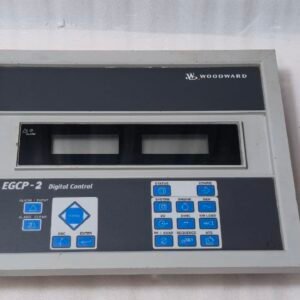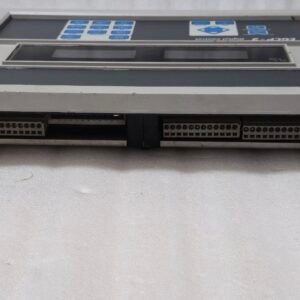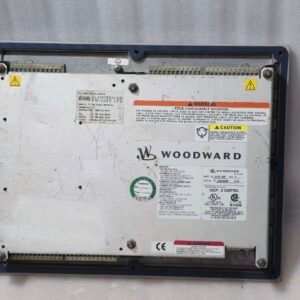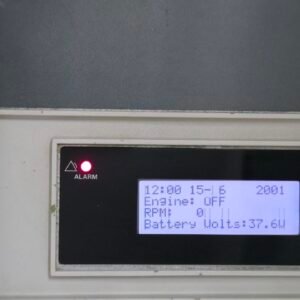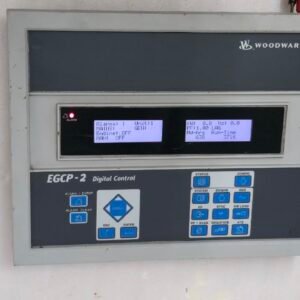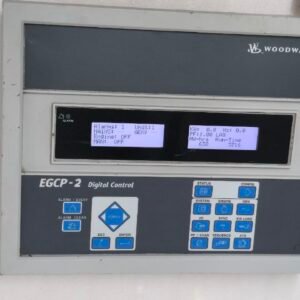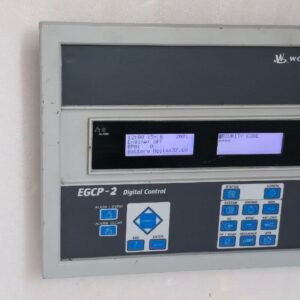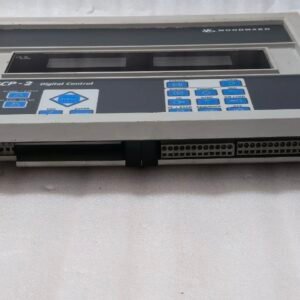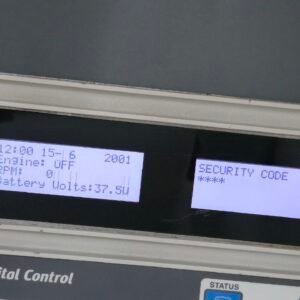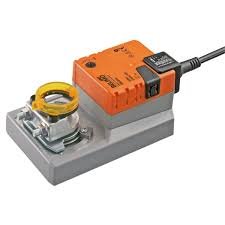- AUTOMATION EQUIPMENT
- DIGITAL CONTROL
- ELECTRICAL ITEMS
- AMPLIFIER & UPS
- BATTERY CHARGER & INVERTER
- CIRCUIT BREAKER & BLOCKS
- CONTROL UNIT
- ELECTRIC CONTROLLERS
- FIRE ALARAM SYSTEM
- FUSES & CAPACITOR
- HEADPHONE & SPEAKER
- HMI & DISPLAY
- MISC ELECTRICAL
- PCB
- PLC SYSTEMS
- POWER SUPPLY
- PRINTER & CPU
- RELAY
- SENSORS
- SERVO DRIVES & MOTORS
- TELECOME & COMMUNICATION
- THERMOSTAT
- SENSORS
- UNCATEGORIZED
WOODWARD EGCP-2 ENGINE DIGITAL CONTROL PART NO-8406 120 REV H 17:24
$750.00
| Product Conditioned | USED |
|---|
Free Shipping apply to all orders over $199
Guaranteed Money Back in 30 days return.
24/7 Customer Support
Share:
Hotline Order:
(+101) 5620 - 8155
Email ID:
xstore@support.com
The Woodward EGCP-2 is a sophisticated, microprocessor-based digital control system designed primarily for managing and protecting standby and prime power generator sets. The part number 8406-120 Rev H refers to a specific configuration of the hardware and firmware for this controller.
It serves as the central “brain” of a generator set, integrating engine control, generator control, and synchronizing/paralleling functions into a single, compact unit.
Key Functions and Features
The EGCP-2 is known for its robust feature set, which includes:
1. Engine Control and Protection:
-
Governing: Precise speed control (RPM) of the engine via a electronic governor actuator or electric fuel control.
-
Start/Stop Sequencing: Automatically controls the cranking, purging, and start/stop cycles of the engine.
-
Engine Protection: Monitors critical engine parameters (coolant temperature, oil pressure, engine overspeed) and will alarm or shut down the generator set to prevent catastrophic damage.
-
Analog and Digital I/O: Multiple inputs and outputs for connecting sensors (temperature, pressure) and controlling devices (starter contactors, fuel solenoids).
2. Generator Control and Protection:
-
Voltage Regulation: Maintains a stable generator output voltage under varying load conditions.
-
Generator Protection: Monitors electrical parameters and provides protection against faults such as:
-
Overvoltage / Undervoltage
-
Overfrequency / Underfrequency
-
Overcurrent
-
Loss of Mains (if configured)
-
3. Synchronizing and Paralleling (A Core Feature):
-
Synchronization: The EGCP-2 can automatically synchronize the generator to another generator or to the utility mains. It matches the voltage, frequency, and phase angle before closing the generator breaker.
-
Isochronous Load Sharing: When multiple generator sets are running in parallel, the EGCP-2 works with other EGCP-2 units (or compatible Woodward controls) to ensure all units share the total electrical load proportionally.
-
Droop Operation: Also supports droop mode for load sharing with utility mains or other specific applications.
4. Human-Machine Interface (HMI):
-
The unit features a backlit LCD display and a keypad for local operation and configuration.
-
It provides real-time data display (volts, amps, frequency, kW, etc.), alarm/status messages, and menu-driven setup.
5. Communications:
-
The standard communication protocol for the EGCP-2 is Modbus RTU via an RS-485 serial port. This allows for integration into larger Building Management Systems (BMS) or SCADA systems.
-
An optional communication card (like the 9907-XXX series) could be added for other protocols like Profibus, DeviceNet, or Ethernet.
Typical Applications
The EGCP-2 is commonly found in:
-
Standby Power Generators: For commercial buildings, data centers, hospitals, and other critical facilities.
-
Prime Power Generators: In remote locations or industrial sites where the generator is the primary source of power.
-
Peak Shaving Systems: To generate power during periods of high utility demand.
-
Base Load Power Plants: Multiple units operating in parallel.
-
Marine Applications.
We're here when you need us
Get a Quick Quote
Complete our online form.
Call US
Speak to one of our team.
Live Chat
Send us a message
Speak to one of our team.


